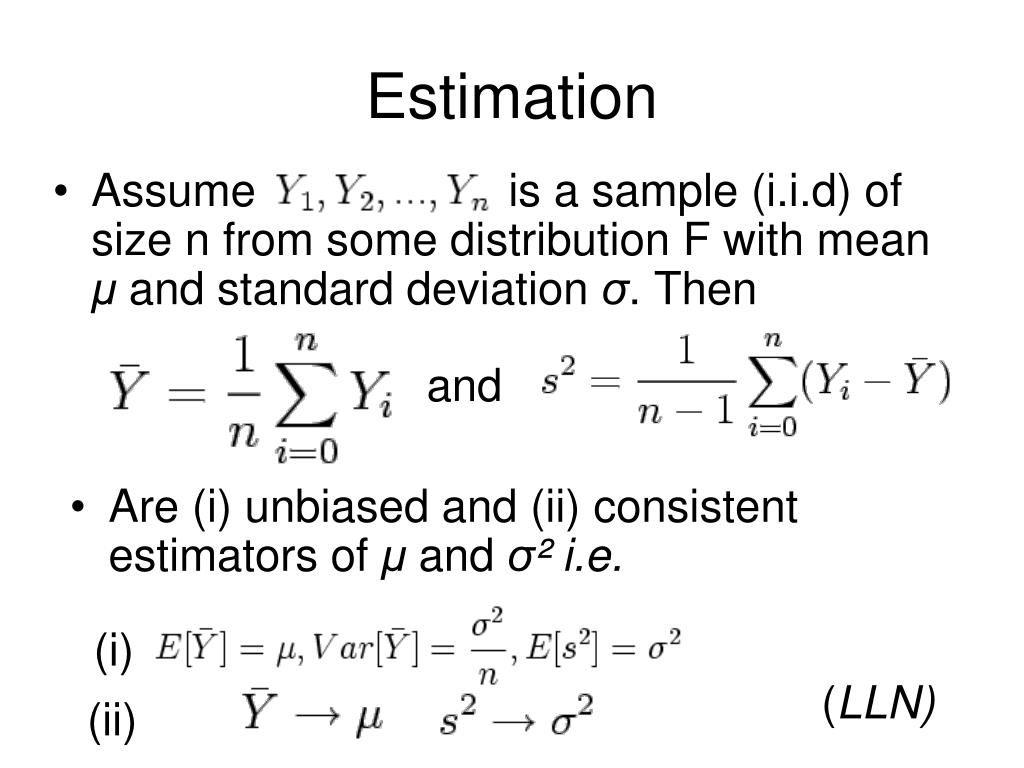

case, equal amount of trial nA = 50 % amont of trials in condition A nB = 50 % amount of trials in condition B design = % Set the parameters for the statistical comparison cfg_stats = cfg_stats. We will generate the data with ft_freqsimulation, average the data with ft_timelockaverage and ft_timelockgrandaverage followed by running statistical tests with ft_timelockstatistics.įirst we will start with simulating the data for all subjects: In the following example we will consider a within-subjects design with 20 subjects and two conditions. The easiest way to see whether a difference in the number of trials can be a problem for you is to simulate such a scenario and run the same statistical tests you are planning to use in your study. If the amount differs by a few trials this might not be problematic, but are there cases in which it becomes problematic? What could happen if there is a systematic bias in the amount of trials per condition? Simulating biased data When comparing conditions in an analysis, you often run into the situation that amount of trials for one condition is different than the other. How does a difference in trial numbers per condition affect my statistical test The problem The notes here might not reflect the current state of the code, and you should not use this as serious documentation. So chances are that this page is considerably outdated and irrelevant. However, there is no guarantee that this page is updated in the end to reflect the final state of the project The purpose of this page is just to serve as todo or scratch pad for the development project and to list and share some ideas.Īfter making changes to the code and/or documentation, this page should remain on the website as a reminder of what was done and how it was done.


 0 kommentar(er)
0 kommentar(er)
